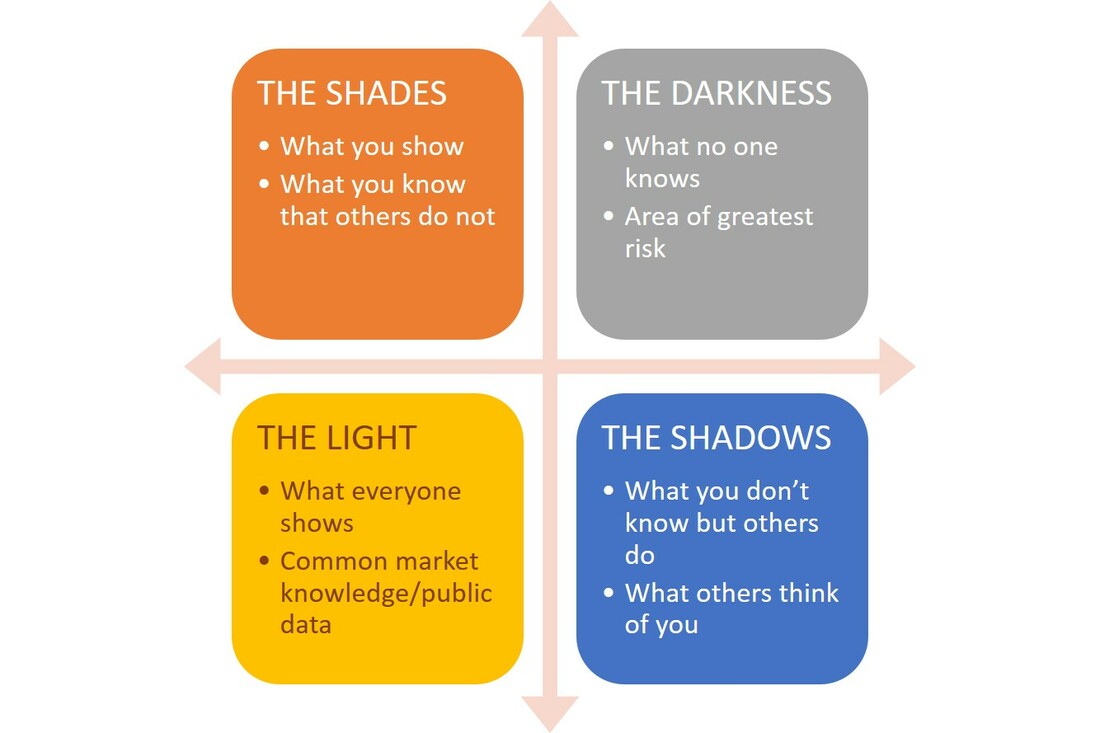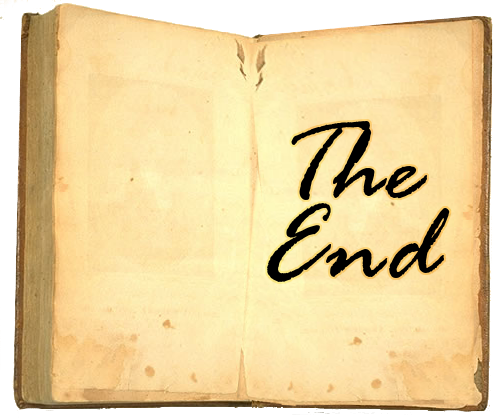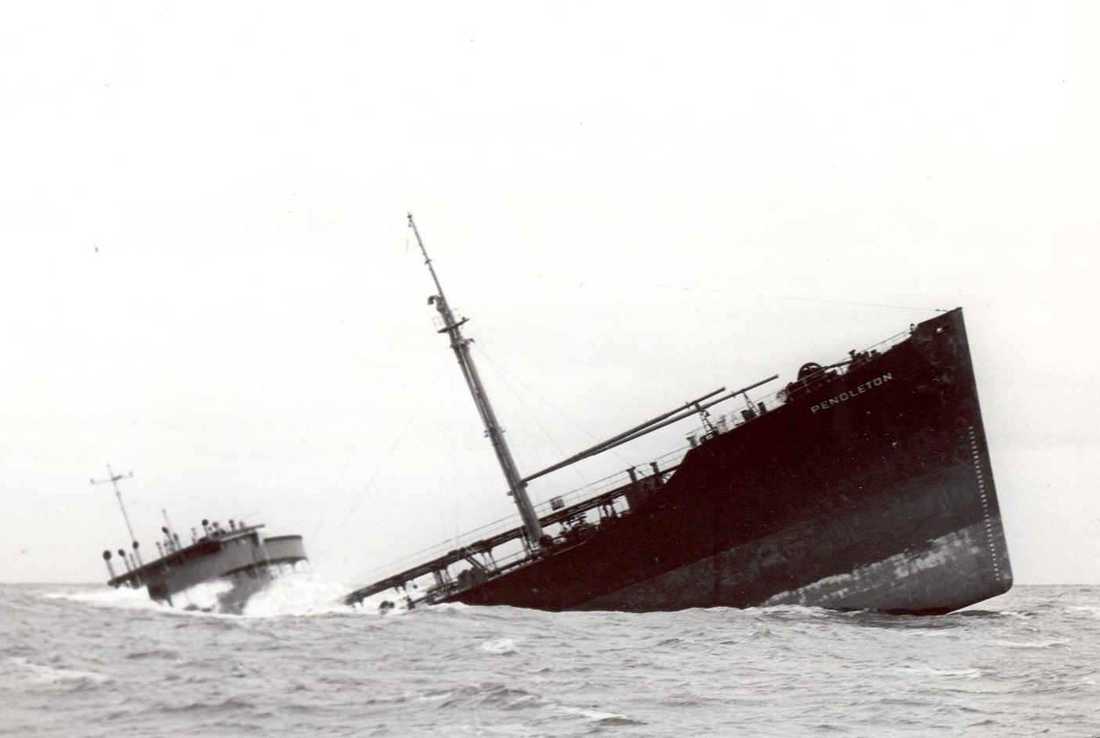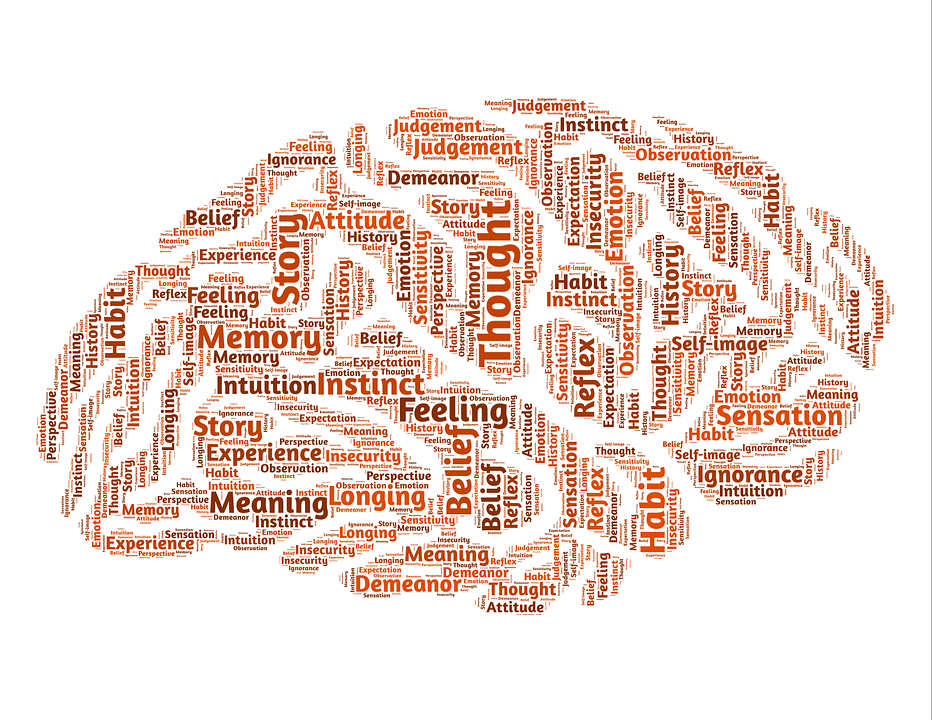The Darkness is that area that was highlighted by that famous (infamous) Donald Rumsfeld quote about “unknown unknowns” – Luft and Ingham simply called it the Unknown. Market or product intelligence won’t reveal what might happen there, but there are still things that you and you and your colleagues can do to develop the sorts of responsiveness and resilience that will help you prepare for being plunged into a situation that even the best research couldn’t predict. Scenario planning or war games – developing a whole series of “what-ifs” and the potential results is one way. We also like to use metaphor-based research techniques that free up your thinking. With tools such as Conteneo’s Weave® platform, we can even conduct sessions with remote users around the globe. The unanswerable questions can’t be answered, but anything that gets you outside your normal frame of reference to a place where you can’t rely solely on data can help you be ready to work your way back to the light, when the darkness descends.
I’m Megann Willson, and I’m one of the partners here at PANOPTIKA. We work with clients like you to answer tough questions, and to see everything you need to know to build a better business that lasts. You can connect with us on LinkedIn, Twitter, or Facebook. And if you could use more insights about how to find, know, and keep your best customers, why not click the orange button and subscribe to our weekly news?










